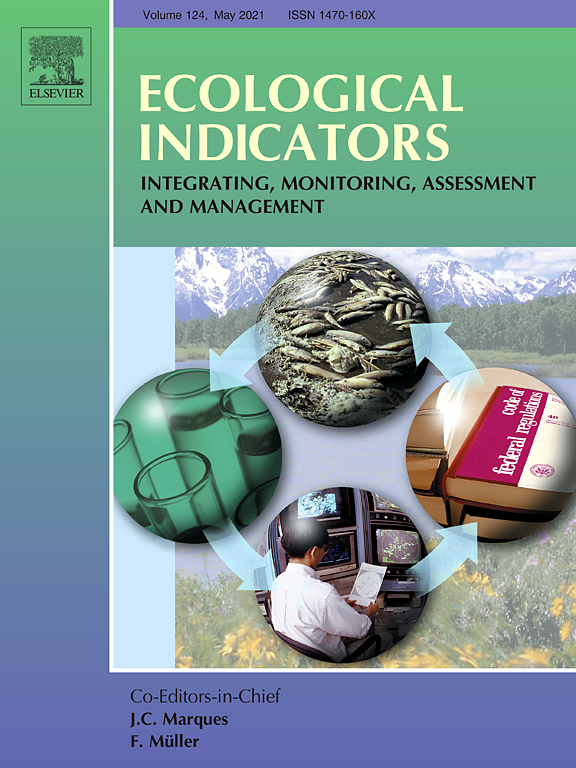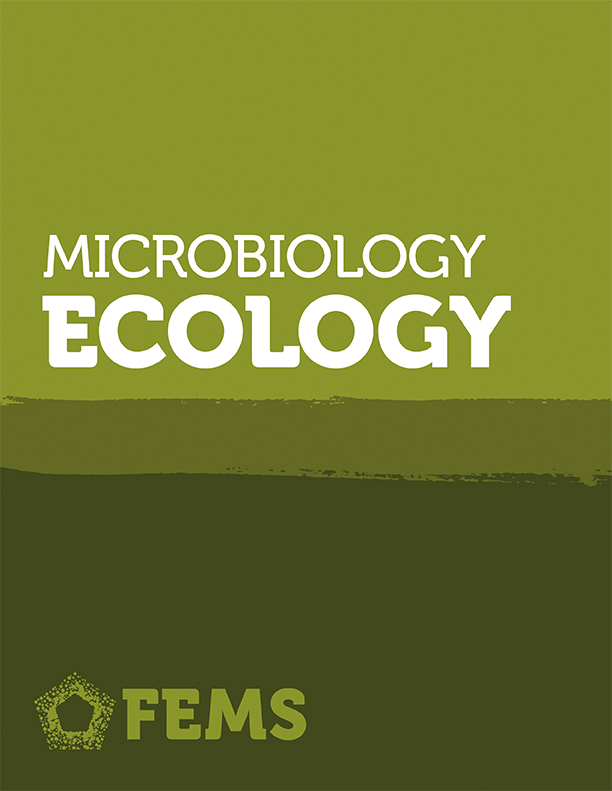Please find all scientific publications of IGB under > scientific publications
For more detailed information please refer to our > library catalogue
81 - 90 of 197 items
- Programme area:1) Biodiversity in a Changing World
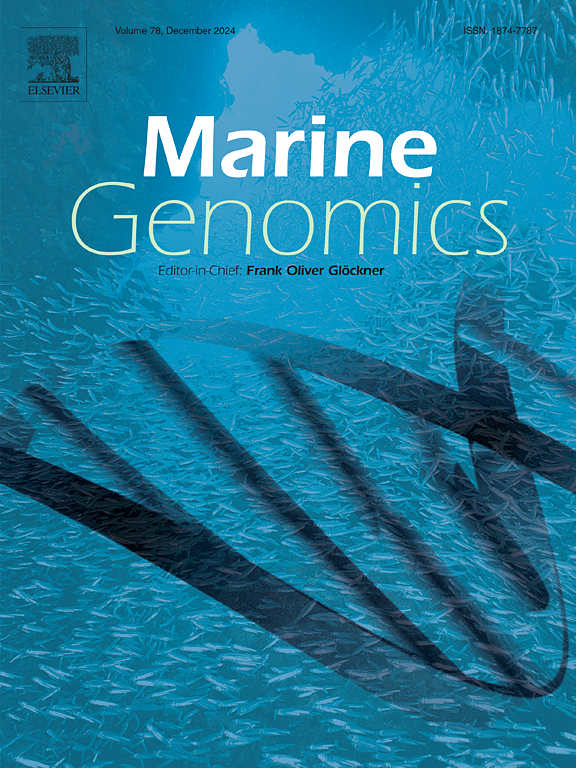
November 2024
Marine Genomics. - 79(2025), Art. 101162
Complete genome sequence of the marine mangrove fungus Sarcopodium sp.QM3–1 confirmed its high potential for antimicrobial activity
Wenzhou Zhang; Minghuang Ling; Kai Zhang; Ruzhen Liu; Xiaomei Huang; Gaili Fan; Hans-Peter Grossart; Fei Peng; Zhuhua Luo
November 2024
Ecological Indicators. - 166(2024), 112404
A modelling approach to assess climate change impacts on taxonomic and functional diversity of European stream macroinvertebrates: Implications for water quality monitoring
Francesco Polazzo; Sami Domisch; Martina Flörke; Andreu Rico
The authors used bioclimatic models to predict EU freshwater macroinvertebrate habitats. The future distribution of macroinvertebrates reveals significant regional variations. Functional diversity was projected to change less than taxonomic diversity. Changes in environmentally suitable areas will impact widely used biological indices.
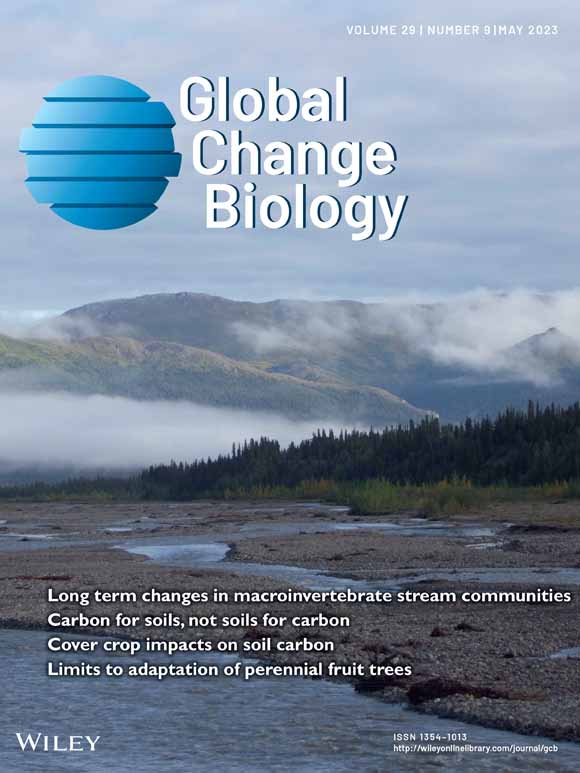
November 2024
Global Change Biology. - 30(2024)10, e17521
Divergent temporal responses of native macroinvertebrate communities to biological invasions
Ismael Soto; Rafael L. Macêdo; Lais Carneiro; Elizabeta Briski; Antonín Kouba; Ross N. Cuthbert; Phillip J. Haubrock

November 2024
MycoKeys. - (2024)110, 273-285
20 years of bibliometric data illustrates a lack of concordance between journal impact factor and fungal species discovery in systematic mycology
R. Henrik Nilsson; Arnold Tobias Jansson; Christian Wurzbacher; Sten Anslan; Pauline Belford; Natàlia Corcoll; Alexandra Dombrowski; Masoomeh Ghobad-Nejhad; Mikael Gustavsson; Daniela Gómez-Martínez; Faheema Kalsoom Khan; Maryia Khomich; Charlotte Lennartsdotter; David Lund; Breyten Van Der Merwe; Vladimir Mikryukov; Marko Peterson; Teresita M. Porter; Sergei Põlme; Alice Retter; Marisol Sanchez-Garcia; Sten Svantesson; Patrik Svedberg; Duong Vu; Martin Ryberg; Kessy Abarenkov; Erik Kristiansson
November 2024
Water Research. - 269(2025), Art. 122784
Sequential decline in cyanobacterial, total prokaryotic, and eukaryotic responses to backward flow in a river connected to Lake Taihu
Jun Zuo; Siyu Yang; Hans-Peter Grossart; Peng Xiao; He Zhang; Rui Sun; Guoyou Li; Haoran Jiang; Qihang Zhao; Meng Jiao; Yao Cheng; Zeshuang Wang; Ruozhen Geng; Zengling Ma; Renhui Li
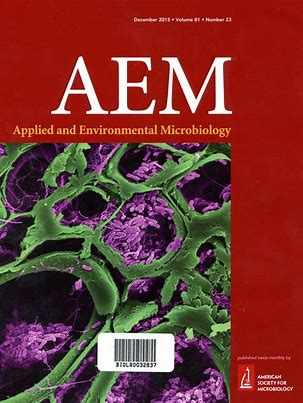
November 2024
Applied and Environmental Microbiology. - 90(2024)12, 1-20
Inside the Atacama Desert: uncovering the living microbiome of an extreme environment
Alexander Bartholomäus; Steffi Genderjahn; Kai Mangelsdorf; Beate Schneider; Pedro Zamorano; Samuel P. Kounaves; Dirk Schulze-Makuch; Dirk Wagner
November 2024
FEMS Microbiology Ecology. - 100(2024)11, Art. fiae139
Metabarcoding reveals ecologically distinct fungal assemblages in river and groundwater along an Austrian alpine to lowland gradient
Alice Retter; Christian Griebler; R. Henrik Nilsson; Johannes Haas; Steffen Birk; Eva Breyer; Federico Baltar; Clemens Karwautz
November 2024
Biological Reviews. - 100(2025)2, 855-870
Shedding light on biodiversity: reviewing existing knowledge and exploring hypothesised impacts of agrophotovoltaics
Rachel Schwarz; Yaron Ziv
November 2024
Journal of Hazardous Materials. - 479(2024), Art. 135675
Distinct influences of altitude on microbiome and antibiotic resistome assembly in a glacial river ecosystem of Mount Everest
Xin Liao; Liyuan Hou; Lanping Zhang; Hans-Peter Grossart; Keshao Liu; Junzhi Liu; Yuying Chen; Yongqin Liu; Anyi Hu

October 2024
JAMES. - 16(2024)10, Art. e2024MS004275
A Lake Biogeochemistry Model for Global Methane Emissions: Model Development, Site-Level Validation, and Global Applicability
Zeli Tan; Huaxia Yao; John Melack; Hans-Peter Grossart; Joachim Jansen; Sivakiruthika Balathandayuthabani; Khachik Sargsyan; L. Ruby Leung


